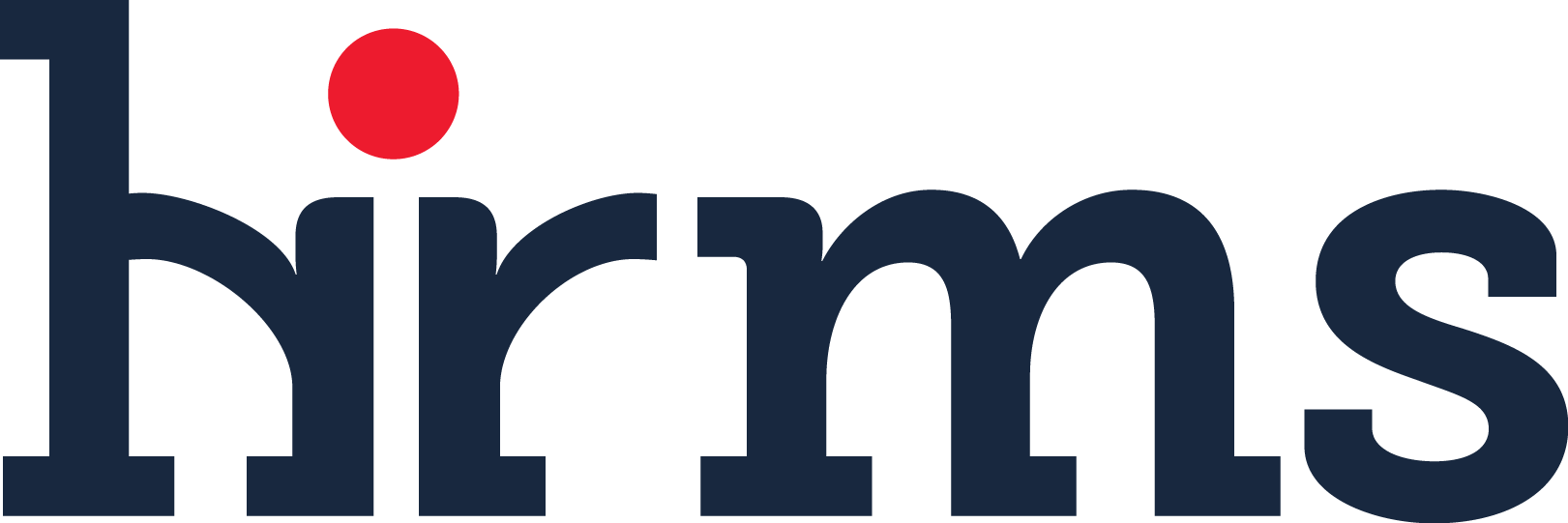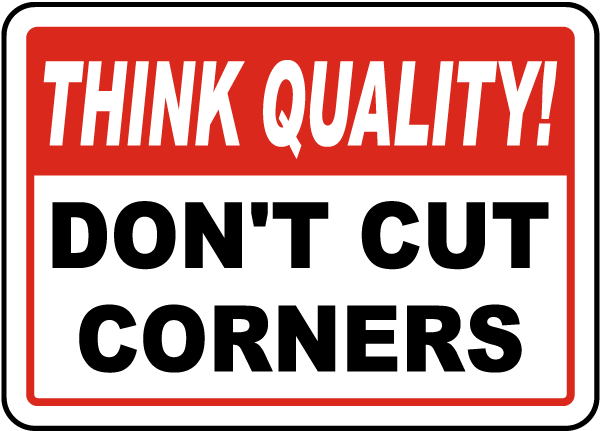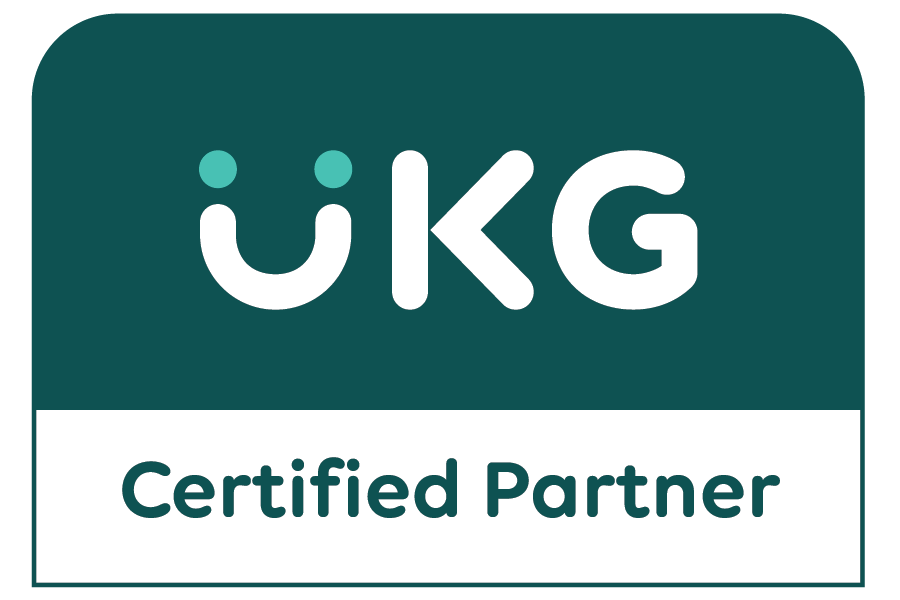Looking for recommendations
to effectively implement an HRIS?
I have a compiled a list of best practices and key factors for successfully implementing an HRIS that has proven to assist with delivering a positive outcome.
Considering the depth, breadth and the varying degree of HR technology solutions* being offered today, this key factors list will apply to the majority of HRIS implementations and is targeted at mid-market businesses with a workforce of 100 to 2,500 employees. Although employee size doesn’t necessarily dictate the complexities of implementing HR technology, employee headcount has been a decent indicator for the typical implementation requirements of a mid-market business.
* Read my blog “Types of HRIS Systems: HRIS vs. HCM vs. HRMS” for definitions and clarity of the types of HR technology.
Key Factors for Successfully Implementing an HRIS
This list of key success factors is a combination of the lessons learned from being directly involved in hundreds of HR technology implementations and from my firm’s extensive experience with both cloud and on-premise HR software deployments.
-
Executive Sponsorship and Governance
At HRMS, we believe it is critical that an executive sponsor be identified and have regular involvement (i.e. consistent attendance for status meetings and project milestones, discussions about future business processes, workflows, dashboards and metrics) in a HRIS project. Why? Because there is a considerable amount of knowledge transfer and application translation that happens along the course of the deployment and having the executive sponsor consume and digest this information directly will significantly increase the likelihood of a successful project outcome.

-
Single Point of Contact (POC)
Designating a dedicated, accountable, single POC with HR domain and/or technical experience will streamline communication, increase accountability, and provide better management of the client’s resources (i.e. time, people and money**). We all know that having too many chefs in the kitchen, with too many strategies and approaches, will ensure a bad meal and eventually an overall bad dining experience. Appointing an organized and motivated POC is essential to the success of any HRIS implementation. And appointing a POC who has a sense of urgency is priceless for a project deployment.
** Read my blog “How do you want your HCM Implementation? Good, Fast or Cheap?” for some personal insight into the trio of project constraints (i.e. time, resources and scope) and impact into the type of implementation choices available.
-
Implementation Methodology
A proven implementation methodology that consistently delivers successful projects is a characteristic of an experienced implementation firm. An implementation methodology is different than a project plan. A project plan consists of the individual components, series of tasks, and project milestones with associated due dates and responsible parties/people. The methodology is the approach and the guideline for which the project plan follows.
We recommend prior to purchasing any solution and/or services from a vendor that you discuss and understand the provider’s implementation methodology. Every software vendor and system implementer has their preferred method for deploying their application. However, not every implementation approach will work with how your organizations operates, what your company requires or expects. If you end up engaging with a vendor and find yourself requiring changes in the implementer’s methodology, this change could easily result in additional costs (e.g. more meetings, more resources, extended timelines, increased expenses, etc.). Take the time and understand the methodology upfront. This research and knowledge will give you a better understanding of what to expect during the project and the opportunity to avoid issues during the implementation.
-
Confirmation of Detailed “Statement of Work” (SOW)
Reviewing, understanding and verifying the “Statement of Work” (aka Scope of Work) is imperative. Both the client and implementation partner need to confirm the work and services to be delivered as outlined in the implementation provider’s scope of work document and come to a consensus of how the work and requested services will be delivered. This clarity will eliminate surprises, reduce scope creep and unexpected costs, create specificity of the deliverables and establish a joint project plan and timeline.
As mentioned above, your implementation partner will have a methodology they prefer and hopefully follow. I would even recommend requesting from the vendor an explanation of their approach and potentially even a picture or diagram to demonstrate to you what the implementation process will look like for your project. And, this information about their approach should be included in the SOW.
-
Project Collaboration Tool
Utilizing an effective project collaboration tool provides a connected hub where all team members assigned to the project can create, discuss and organize work efficiently. The project teams work is always synchronized and helps everyone to understand the context and implications of the decisions and actions being made. Team members that do not need or want day-to-day updates will have complete transparency by accessing the project collaboration tool anytime.
-
Project Due Dates and Deadlines
Meeting project due dates and deadlines sounds so obvious, but I continue to see clients and implementation partners miss target dates for their respective project. Assembling the team on a regular basis to review project deliverables, expectations and general project status is vital. What is the point of setting due dates and deadlines if no one is going to be held accountable? If deadlines aren’t being met, new achievable dates need to be defined and mutually agreed upon. Along those same lines, the onus is on the implementation firm’s project manager and executive sponsor to ensure any project delays are brought to the client’s attention immediately. As little as one week of delay can lead to significant milestone delays down the line.
-
Effective Change Management, Communication and Collaboration Plan
Embracing the change involved in an HRIS/HCM implementation is an amalgamation of confidence in the application; an understanding of the company’s culture and trust in the team leading you to the finish line. Being mentally prepared and willing to accept change opens the doors to creativity and flexibility. Communication, clear direction and transparency are key to a successful deployment and the transfer of knowledge.
-
Core Team Orientation (CTO)
It is not uncommon for the project team to begin an implementation with various assumptions surrounding the capabilities and feature sets of their new solution. If the team has gone through vendor evaluations, decoupling all those presentations to just the specific solution acquired can be a challenge. Typically, there is a large timeframe gap between product demonstrations during the evaluation process to the actual beginning or kick-off of a project. To reassert the proper expectations, we provide the client project team with application orientation or CTO. This pre-implementation activity is not a sales demonstration or application training, but time spent reviewing specific application functionality and configuration choices the team will need to make in the coming days and weeks. We have found that core team orientation reduces application misunderstandings, clarifies implementation expectations and helps avoid having the project team come to the end of the implementation and state “if I knew then what I know now, I would have implemented this application totally different”. That is a failed implementation.
-
Review of Project Pain Points
We understand you may have articulated your project pain points over and over to different people from each vendor you evaluated, but these individuals are most likely not an integral part of your implementation and therefore it is imperative that the assigned project manager of the chosen vendor validates and verifies your pain points and assigns them based on mutual agreement. Verifying and validating these pain points with the executive sponsor and project team members will provide the clarity to get the implementation off to a great start.
Many of the key factors shared above are focused on early planning, preparation, application insight and communication. These factors come from real-life HRIS projects, delivered by experienced HR and technical professionals. As in life, there are no guarantees, but I believe by embracing these suggested key factors for successfully implementing an HRIS it will put you and your project team in the best possible position to succeed. I have always believed that the most prepared will experience the best journey.
Request Your Free HRIS & Payroll Vendor Comparison Report Today





